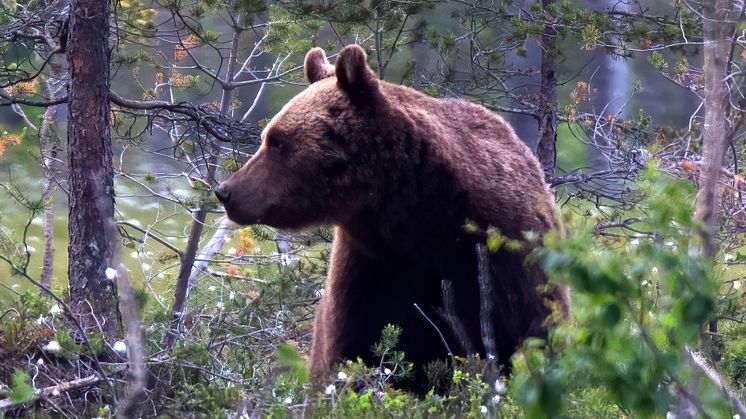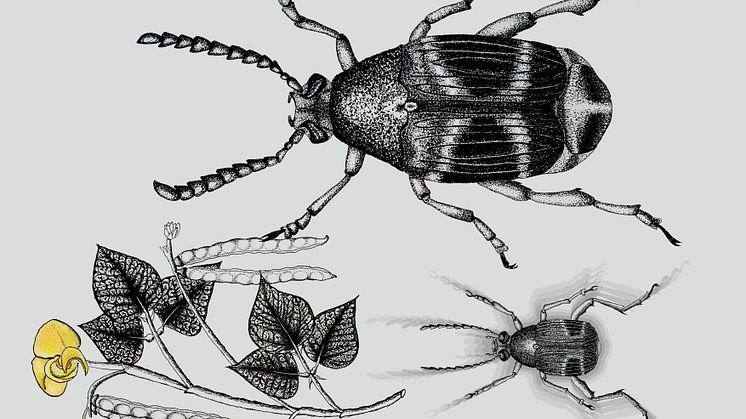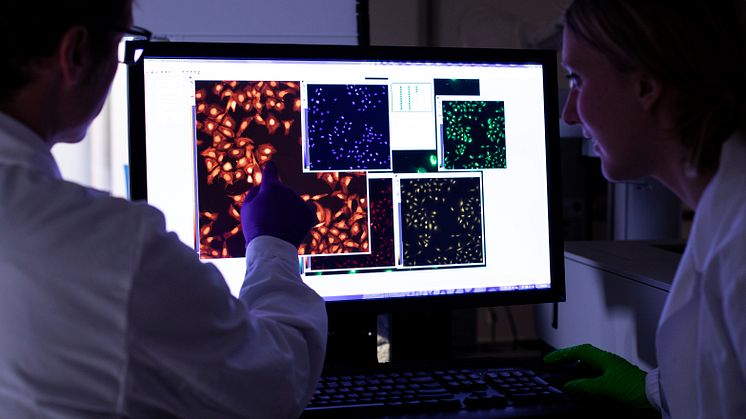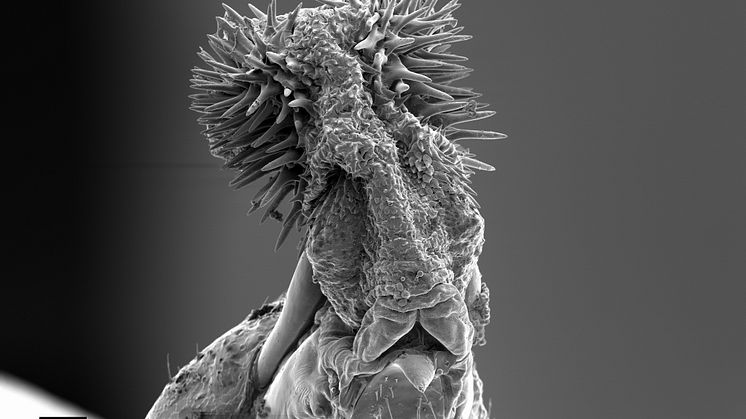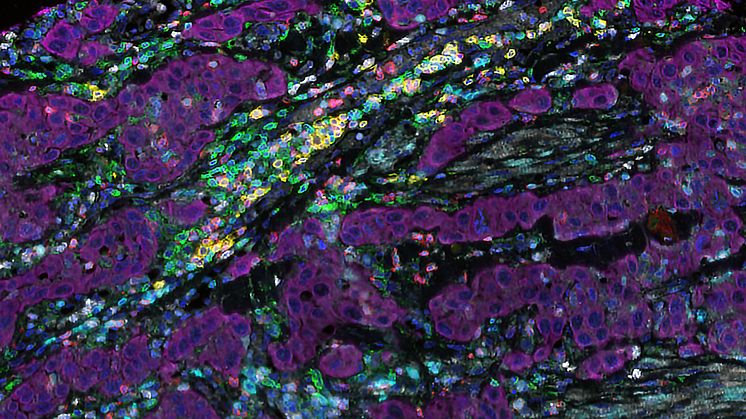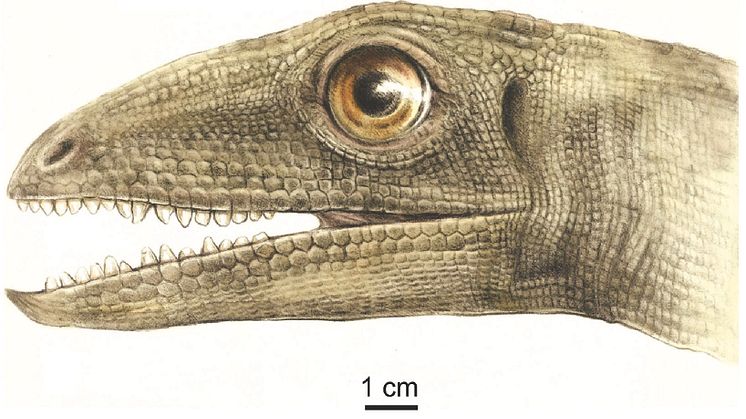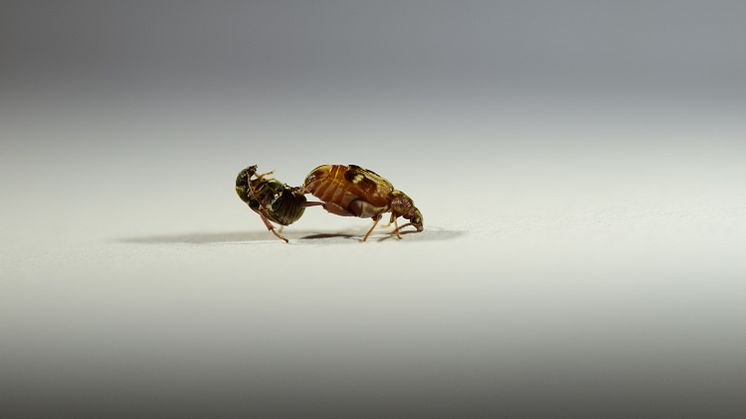History of human antibiotic use written in the oral bacteria of wild brown bears
An international team of researchers used historical museum collections to study the effects of human-made antibiotics over the entire history of their application. They found that the increased use of antibiotics in medicine and agriculture in the 1950-1990s led to increases in antibiotic resistance in wild Swedish brown bears. However, the latest 20 years show a downward trend in resistance.
